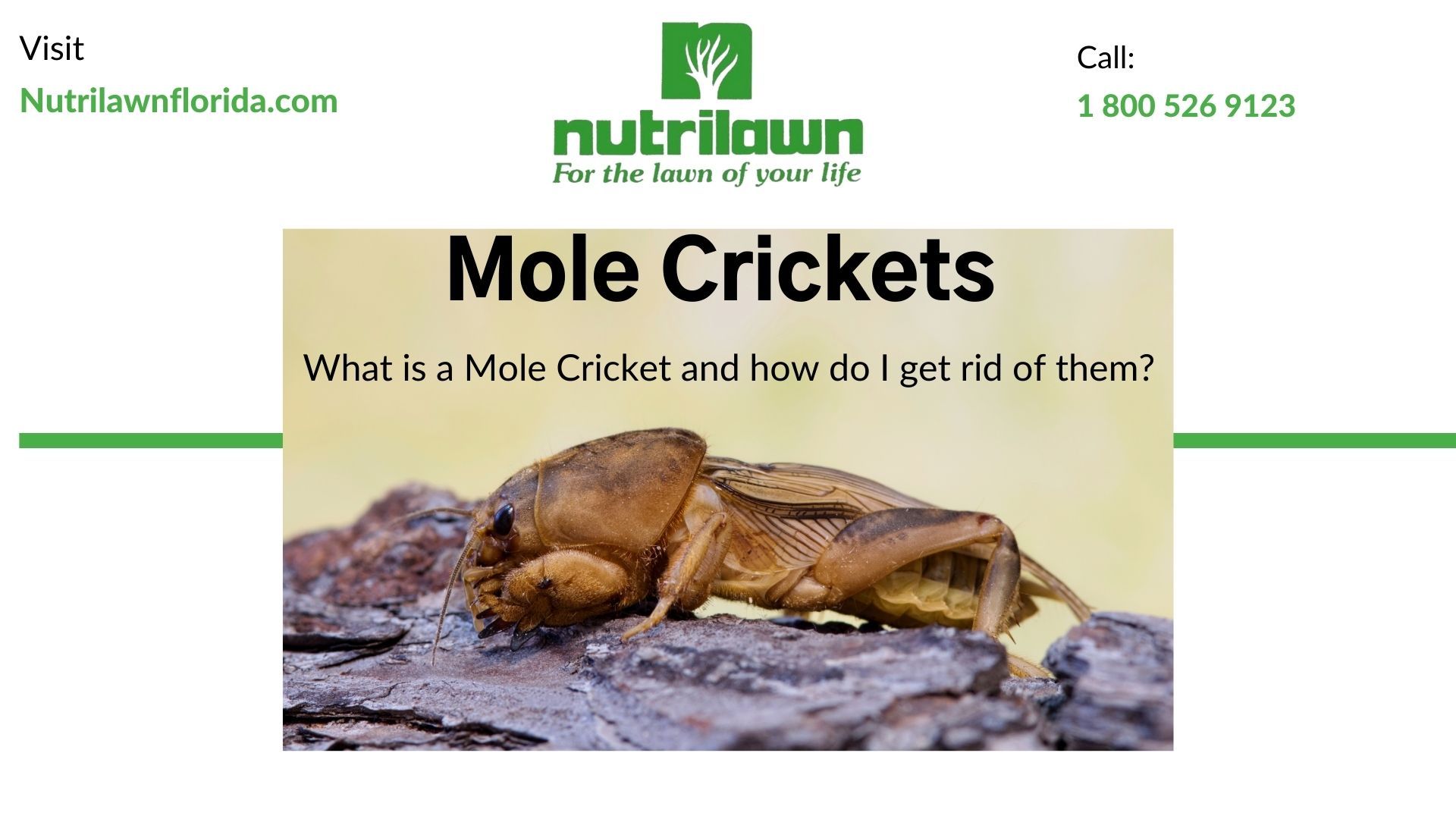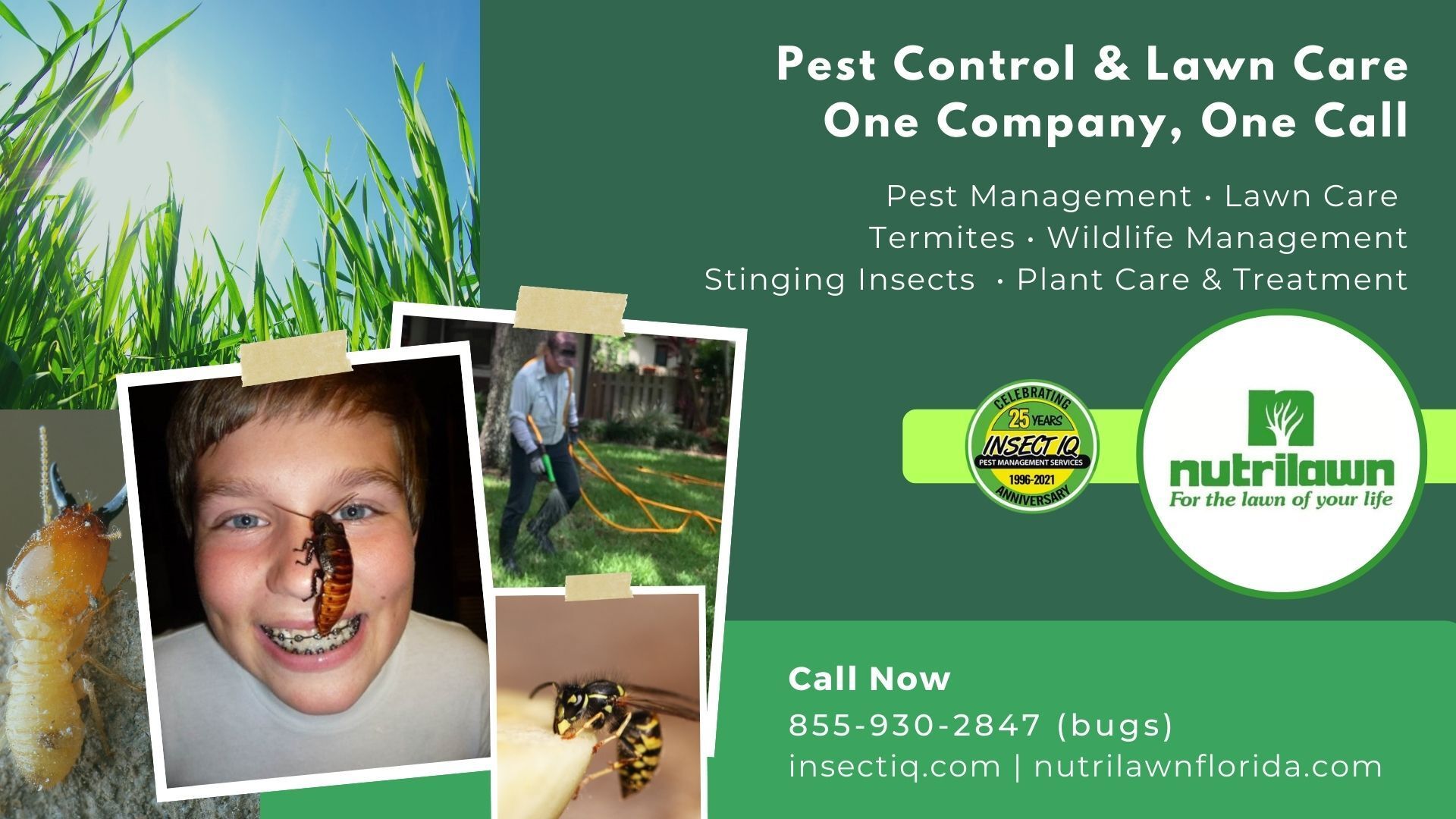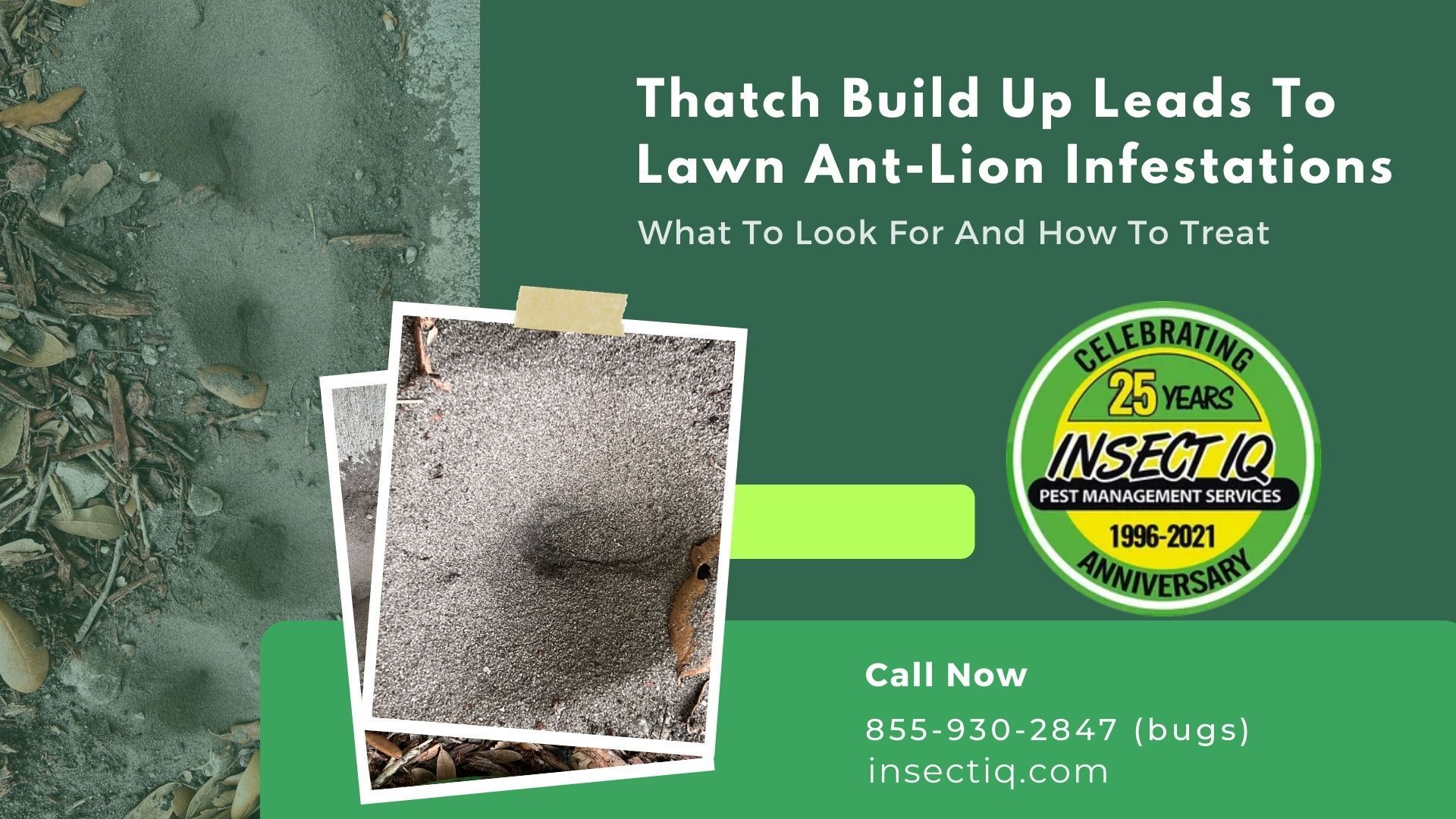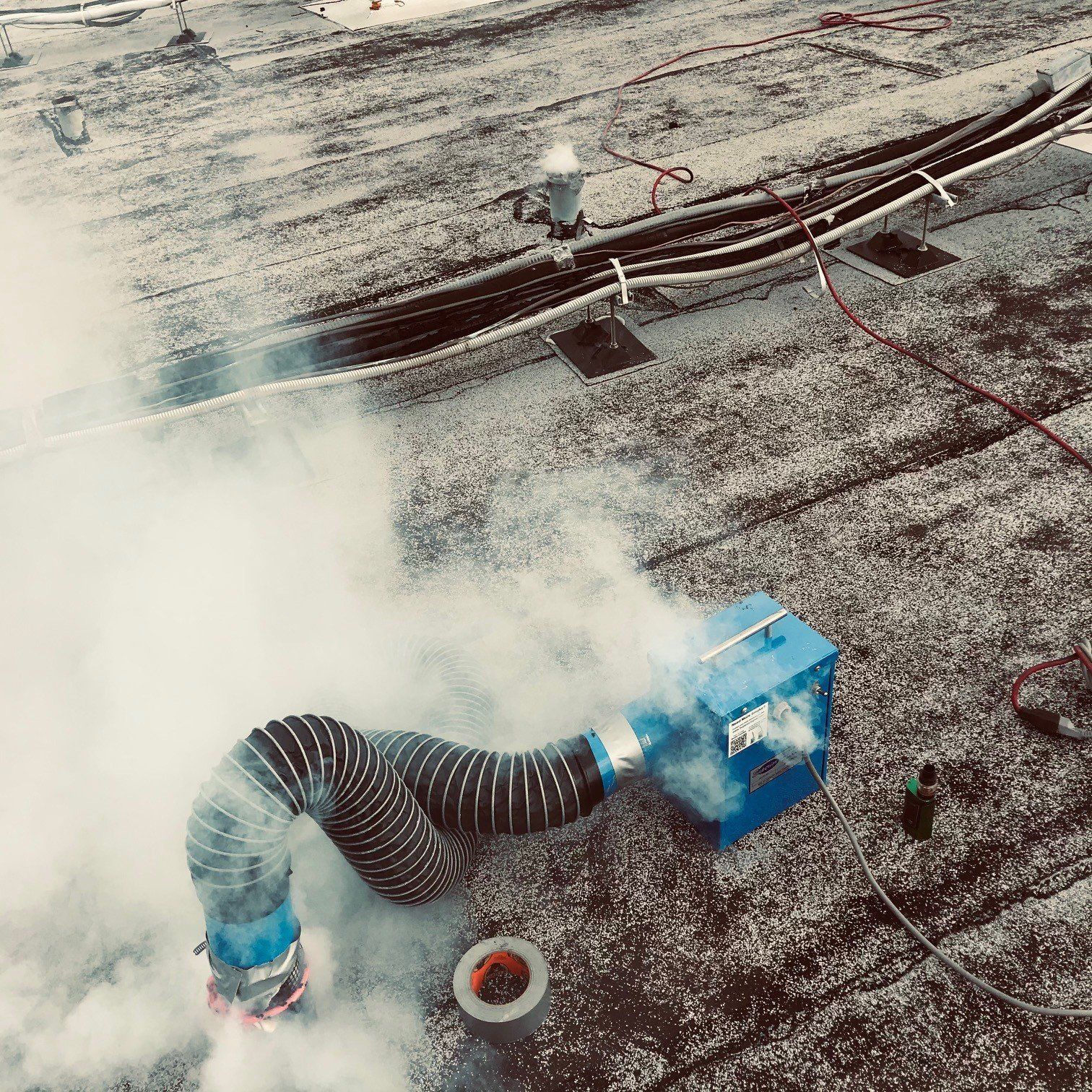Mole Crickets

Mole crickets start life as eggs, pass through several immature, nymph stages, and then become adults. Understanding this process helps give you the upper hand. One generation generally occurs per year, but lawns in the Deep South can see two. Mole crickets overwinter in soil as large, final-stage nymphs or adults, then emerge and mate when spring soil warms. Males die shortly after mating. Females dig up to 10 inches deep in moist soil and lay 100 to 150 eggs before they die.
Depending on soil temps and soil moisture, eggs hatch in 10 to 40 days, with three weeks most common. By late spring and early summer, damage has started. With each molting stage, nymphs become larger, more destructive and more resistant to control. Warm-season grasses, such as Bermuda grass and Bahiagrass, are favorite targets. Because mole cricket nymphs strike during these grasses' peak growth, their damage often stays hidden until it's too late.
Preventing mole cricket damage requires hitting the highly destructive nymphs before the prime time for treatment has passed – and before damage can be seen. This is actually easier than it may seem. Areas with adult activity in spring are excellent indicators of where eggs were laid – and where turf should be treated when nymphs hatch. Treating adults during their spring rituals can reduce tunneling and egg laying, but follow-up nymph treatments are essential to successful control. Nymphs are most vulnerable in late spring and early summer when they're newly hatched, close to the surface, and about 1/4-inch long. By the time they reach 1/2 inch in length a few weeks later, they burrow deeper into protective soil and become more effective at evading treatments. By monitoring spring activity and proactively treating those areas before nymph damage ever shows, you can hit these pests hardest and most effectively.
Understanding the life cycle of mole crickets can be helpful in preventing damage to your lawn. Mole crickets start out as eggs, then go through several immature, nymph stages before becoming adults. In the Deep South, there can be two generations per year. They spend the winter in soil as large nymphs or adults and then emerge and mate in the spring when the soil warms up. After mating, male mole crickets die, while females dig up to 10 inches deep in moist soil to lay 100 to 150 eggs before they pass away.
Depending on the temperature and moisture of the soil, the eggs hatch in 10 to 40 days, with
three weeks being the most common. Damage usually starts in late spring or
early summer. As the nymphs go through each molting stage, they become larger,
more destructive, and more resistant to control. Warm-season grasses, such as
Bermuda grass and Bahiagrass, are particularly vulnerable to mole cricket
damage.
To prevent damage, it's important to treat the nymphs before they become too big and destructive. Monitoring activity in the spring and treating areas where adults were active can help you target those areas where the eggs were laid. Treating adults during their spring rituals can help reduce tunneling and egg laying, but follow-up nymph treatments are necessary for effective control.
Nymphs are most vulnerable in late spring and early summer when they're newly hatched,
close to the surface, and about 1/4 inch long. It's important to monitor for
spring activity and treat those areas proactively before the damage becomes
visible. By doing this, you can effectively control mole crickets and keep your
lawn healthy and beautiful.
Here at Nutrilawn we use a chemical that is an insecticide that contains the active ingredient clothianidin, which is a neonicotinoid insecticide. It is effective against a wide range of insects, including mole crickets. The insecticide works by disrupting the nervous system of the mole cricket, which leads to paralysis and eventual death. When applied to the lawn, this chemical is absorbed through the roots of the grass and translocated to all parts of the plant, including the roots. This makes it an effective treatment for mole crickets that feed on the roots of the grass. The insecticide remains active in the soil for an extended period, providing ongoing protection against mole crickets and other pests.
If you are starting to see any Mole Crickets, Chinch Bugs, Sod Web Worms or are simply
just looking for a lush lawn, give Nutrilawn a call and let’s see if we can get
you the Lawn of you Life! www.NutrilawnFlorida.com










